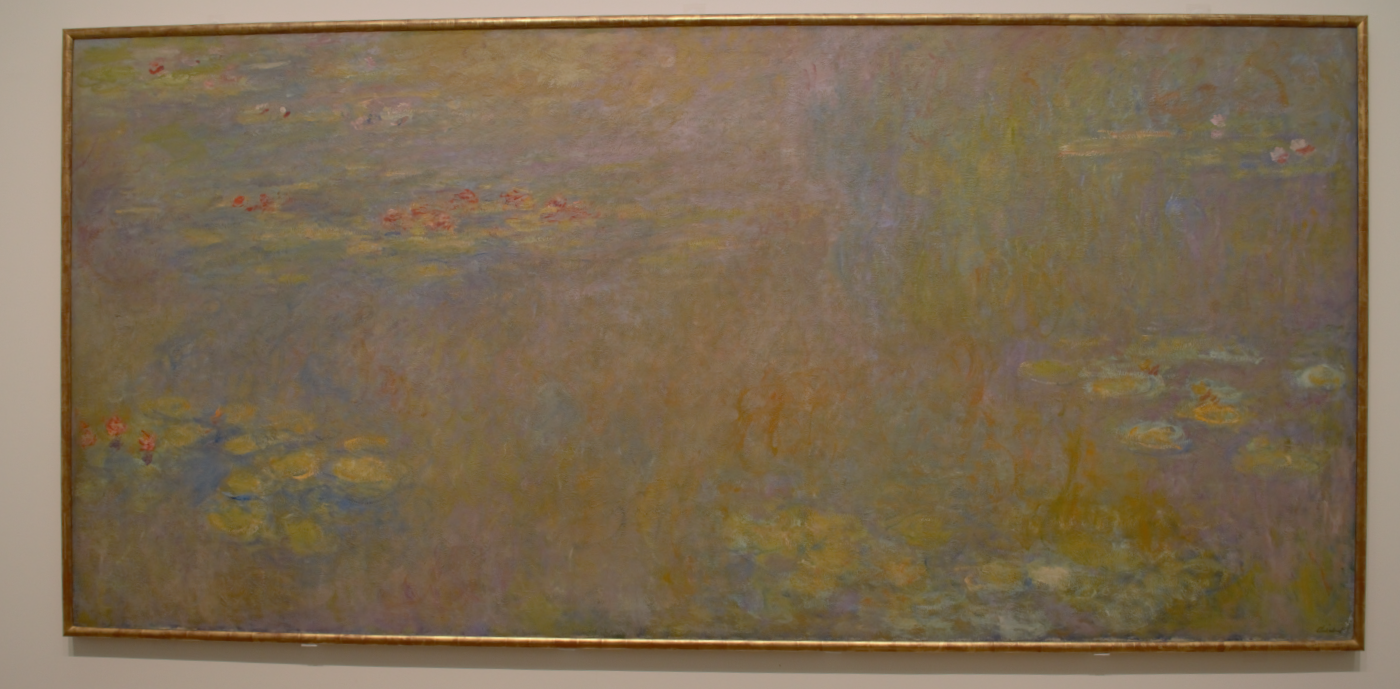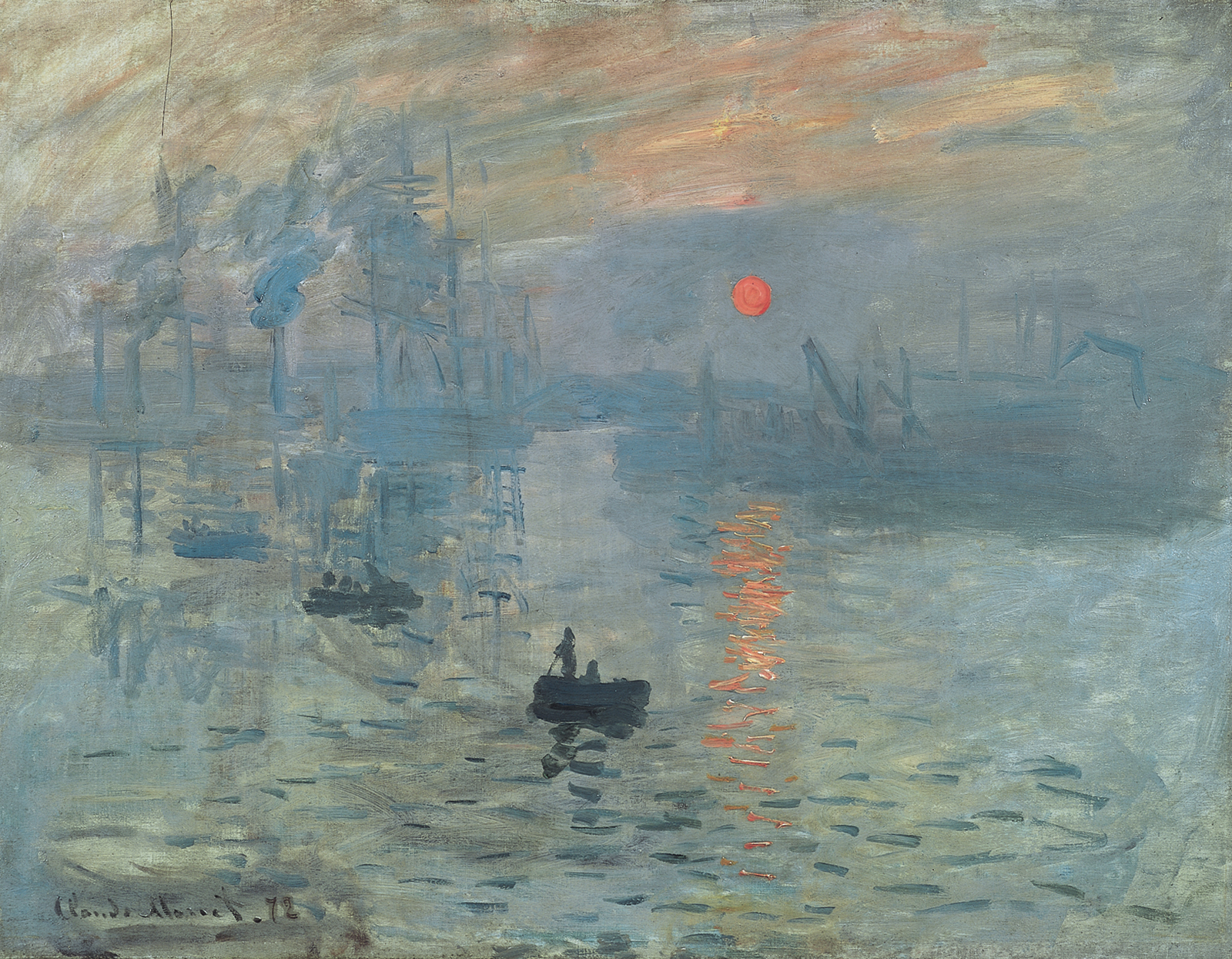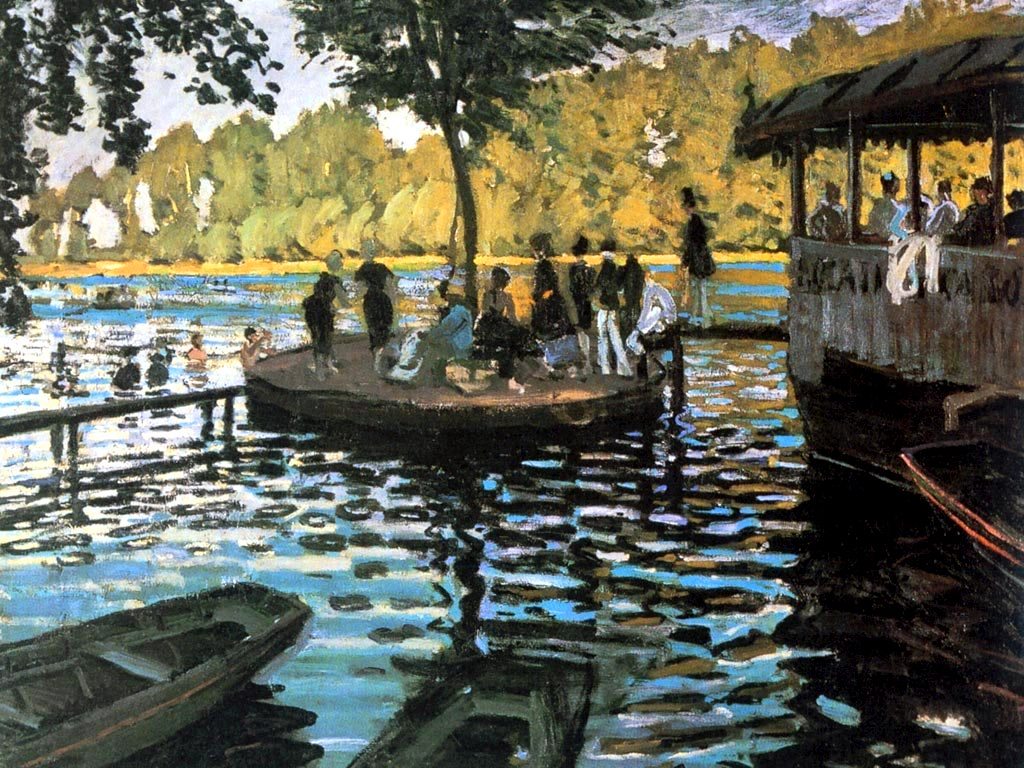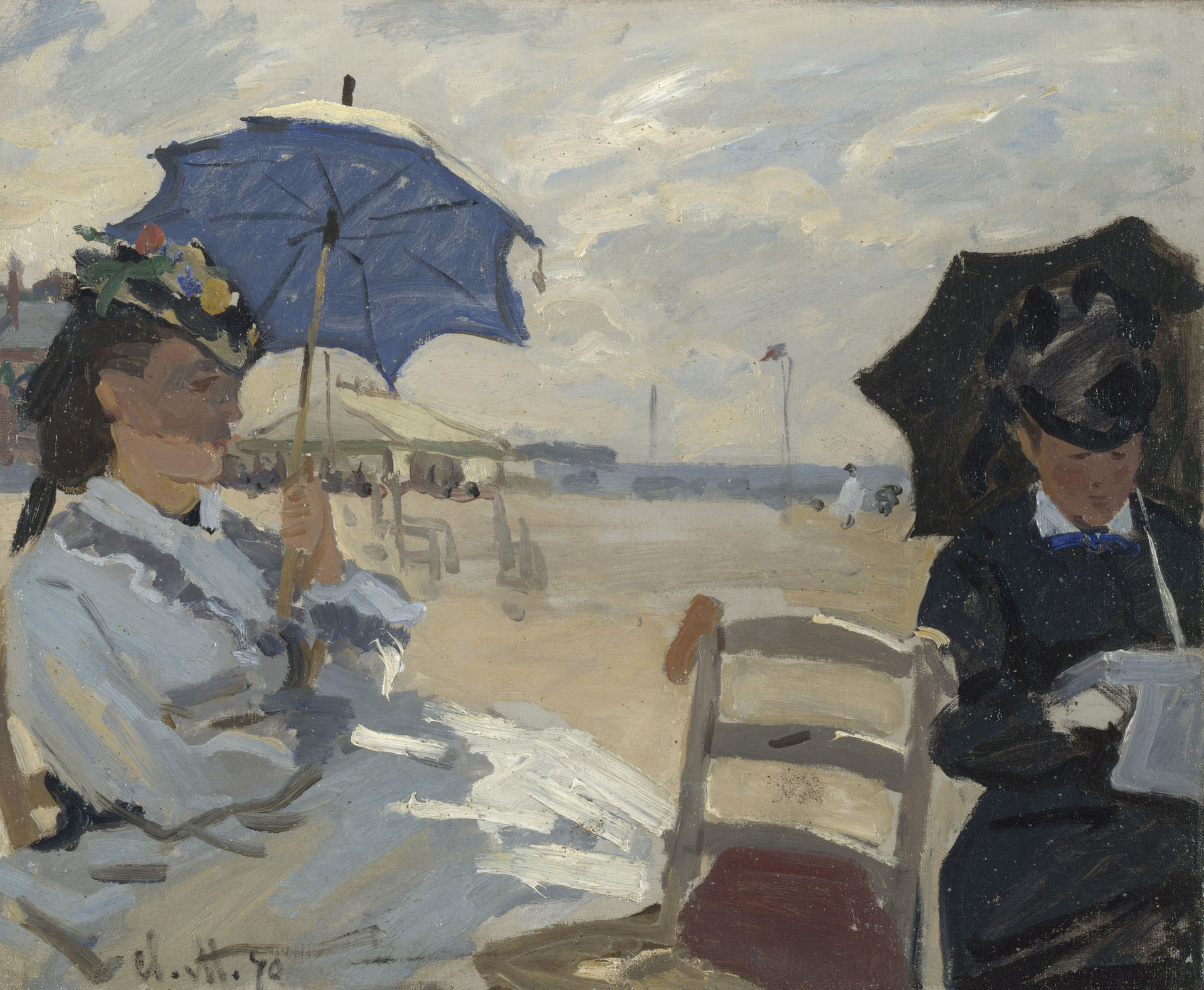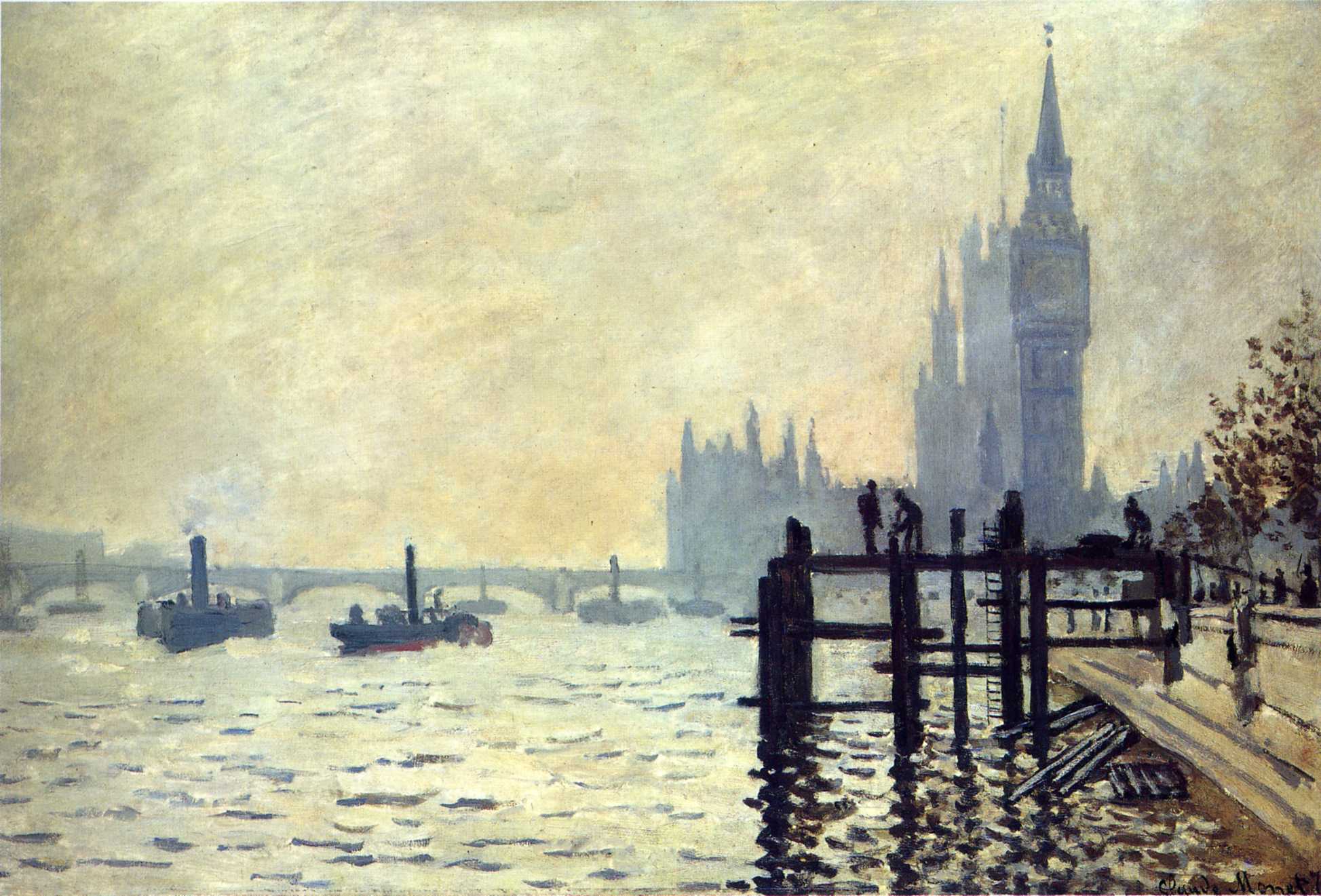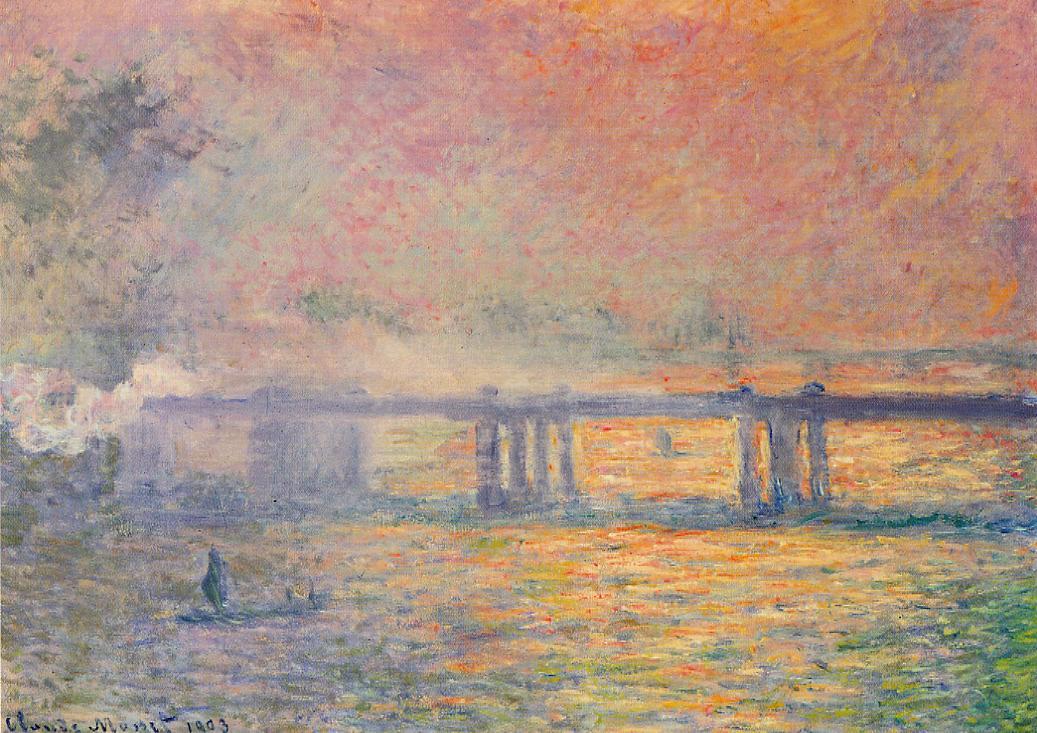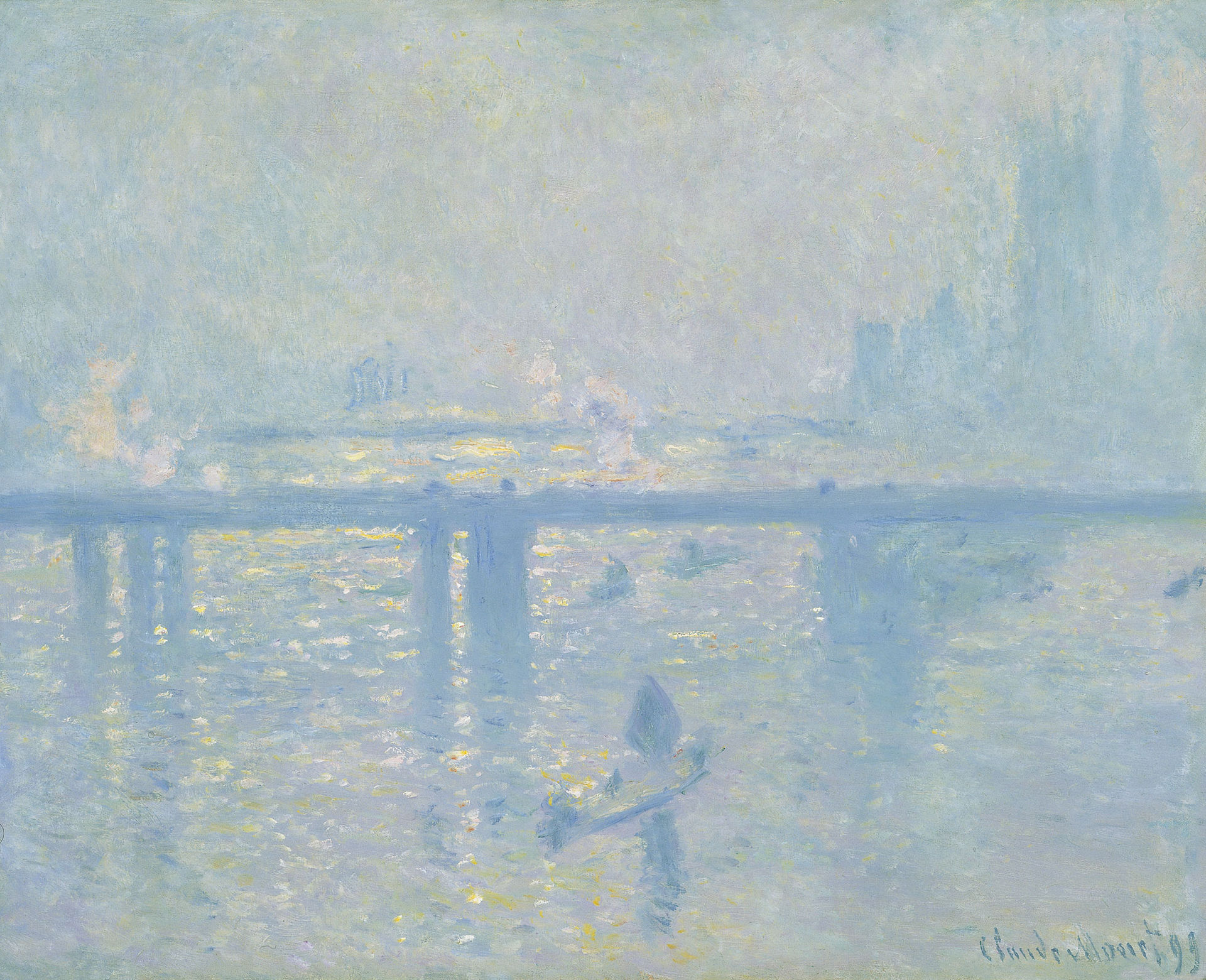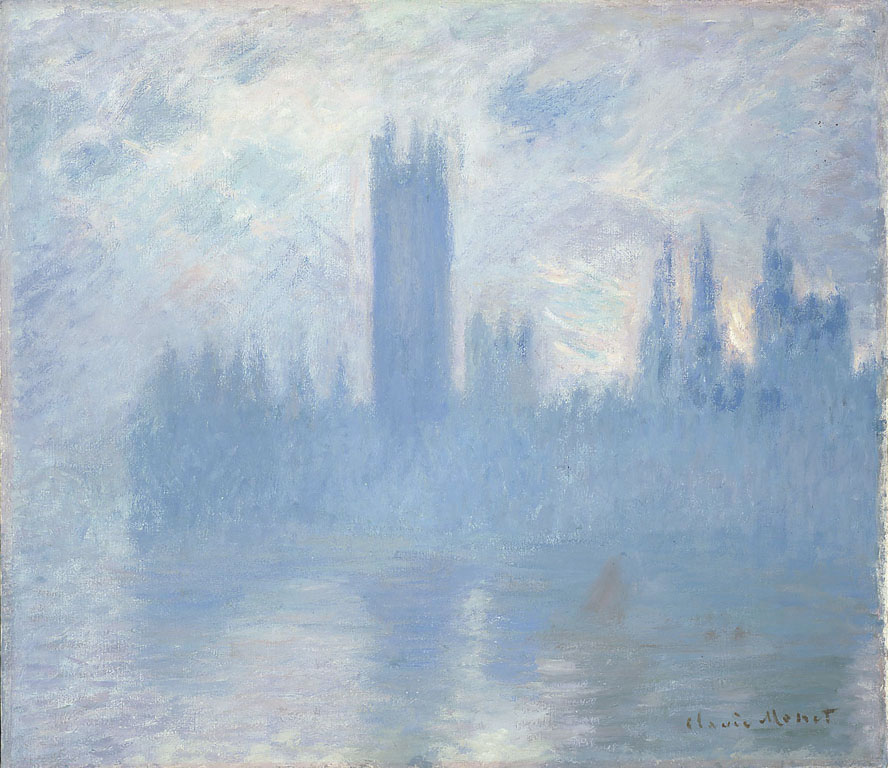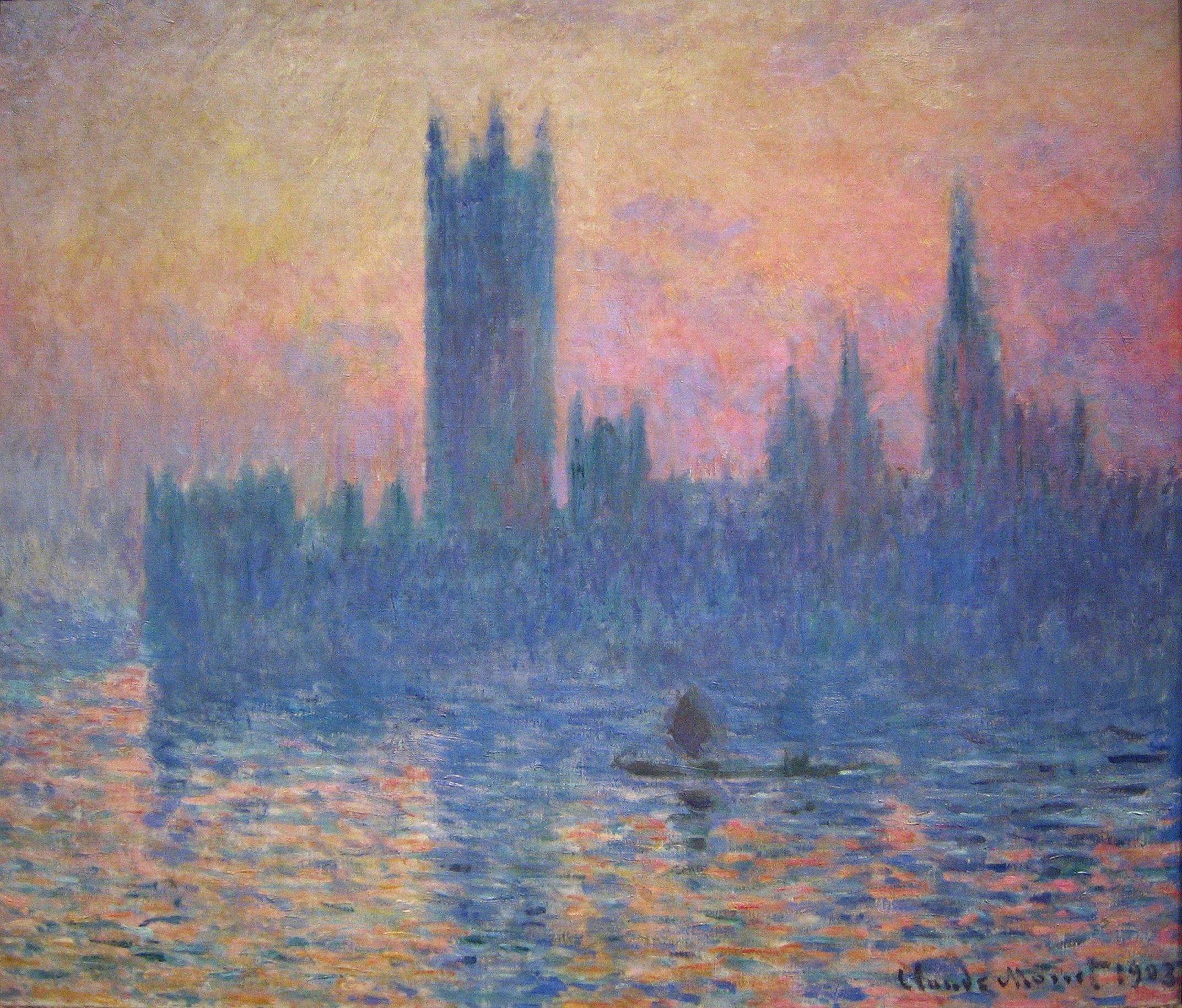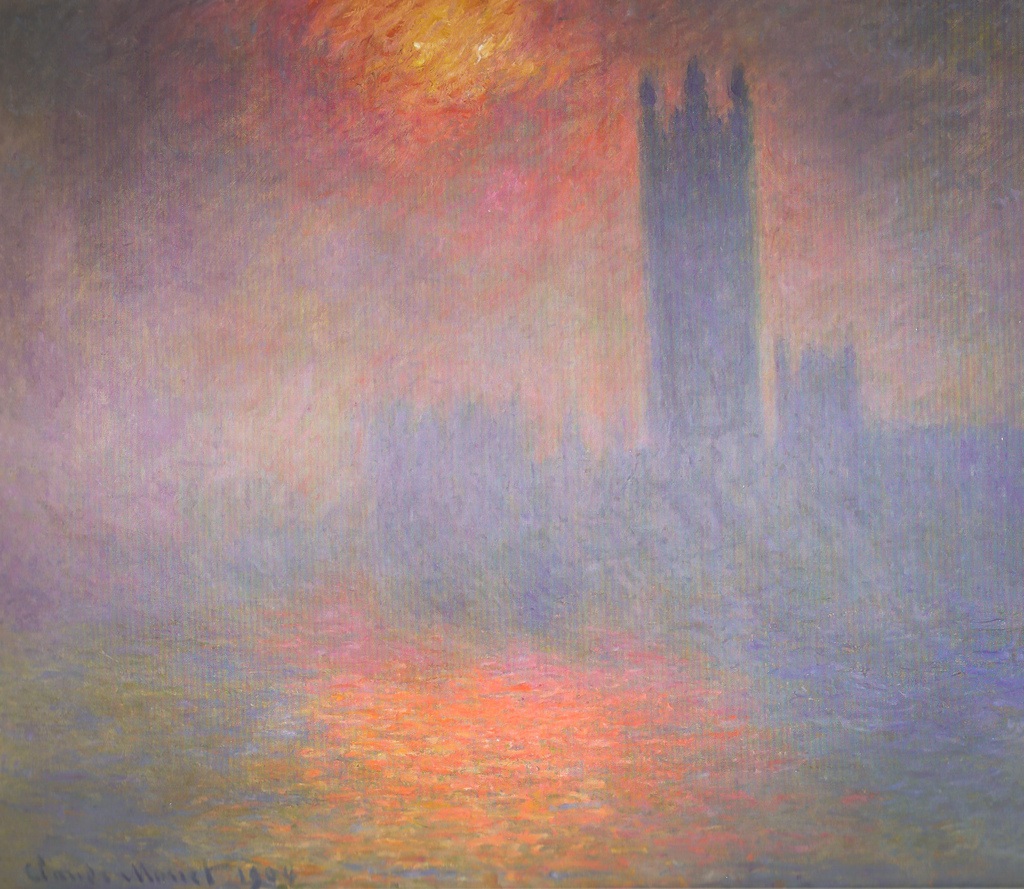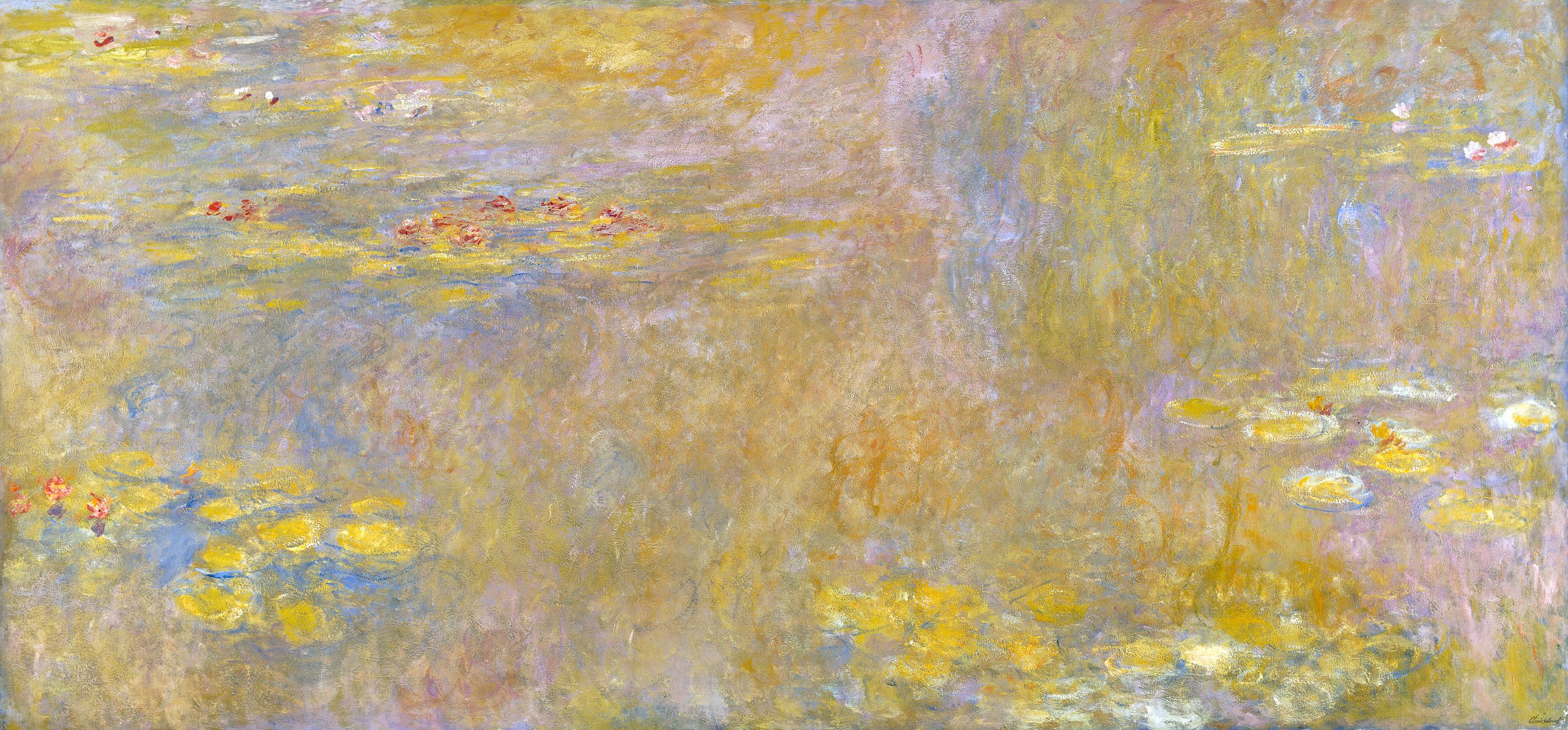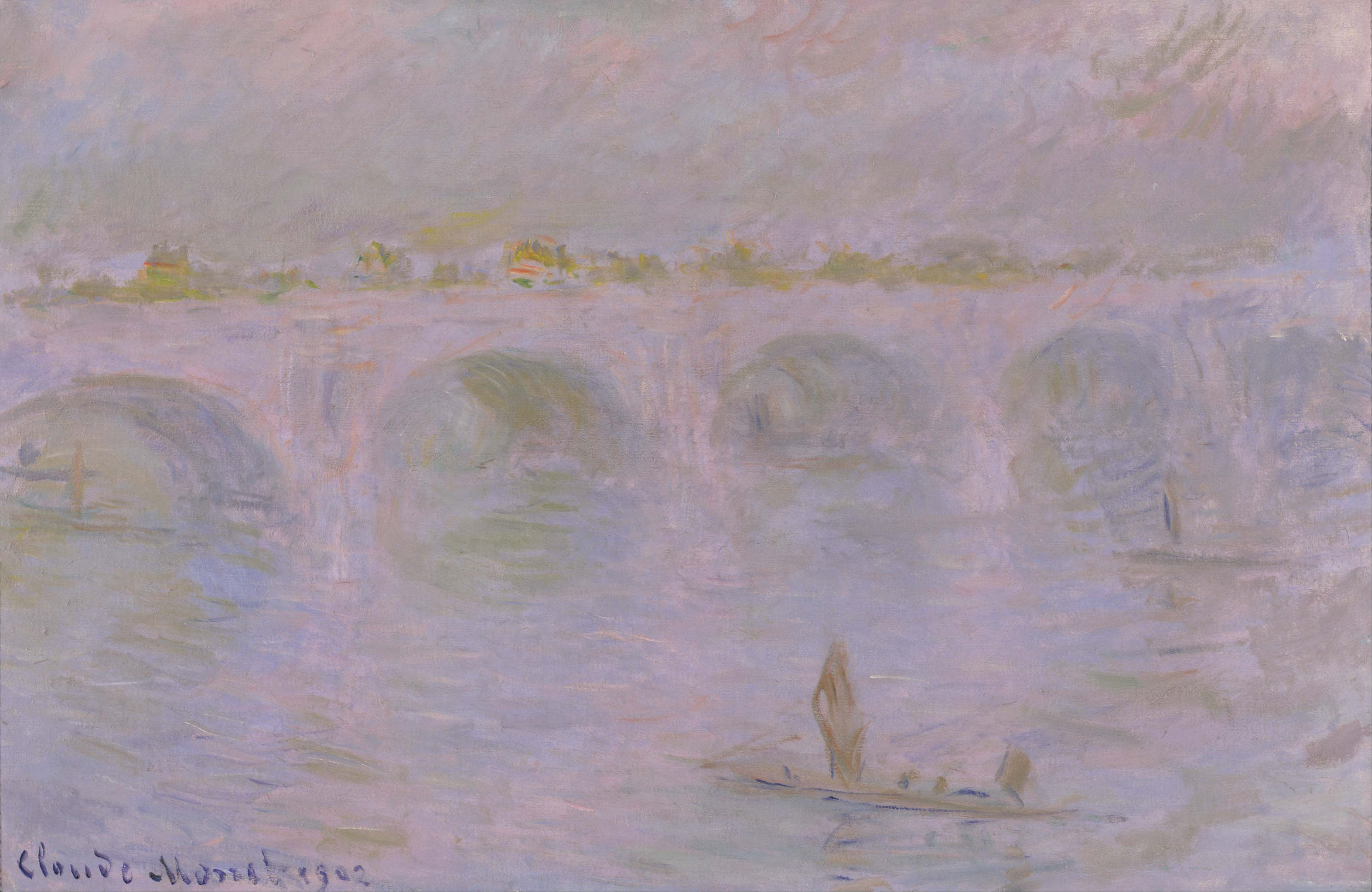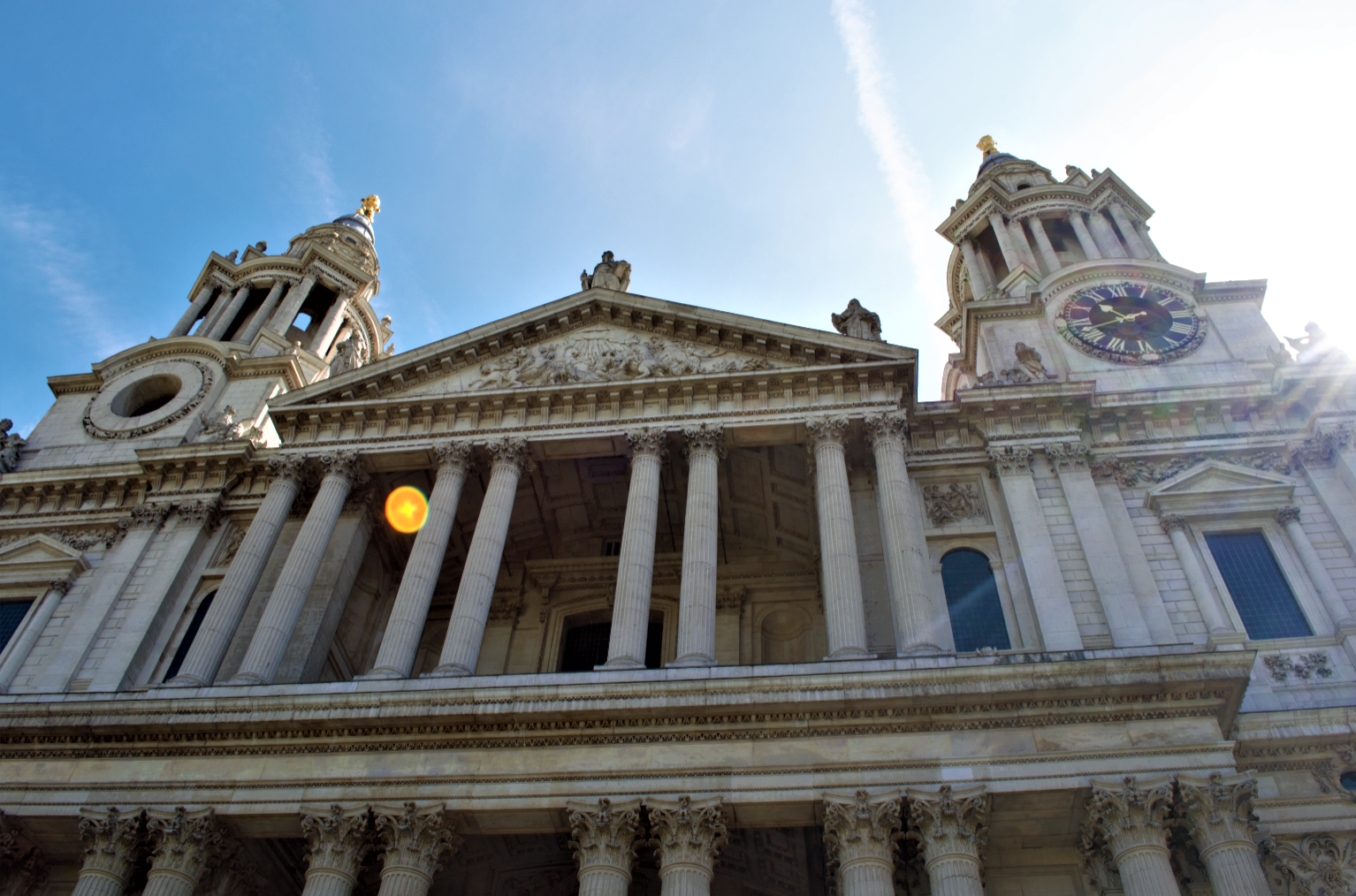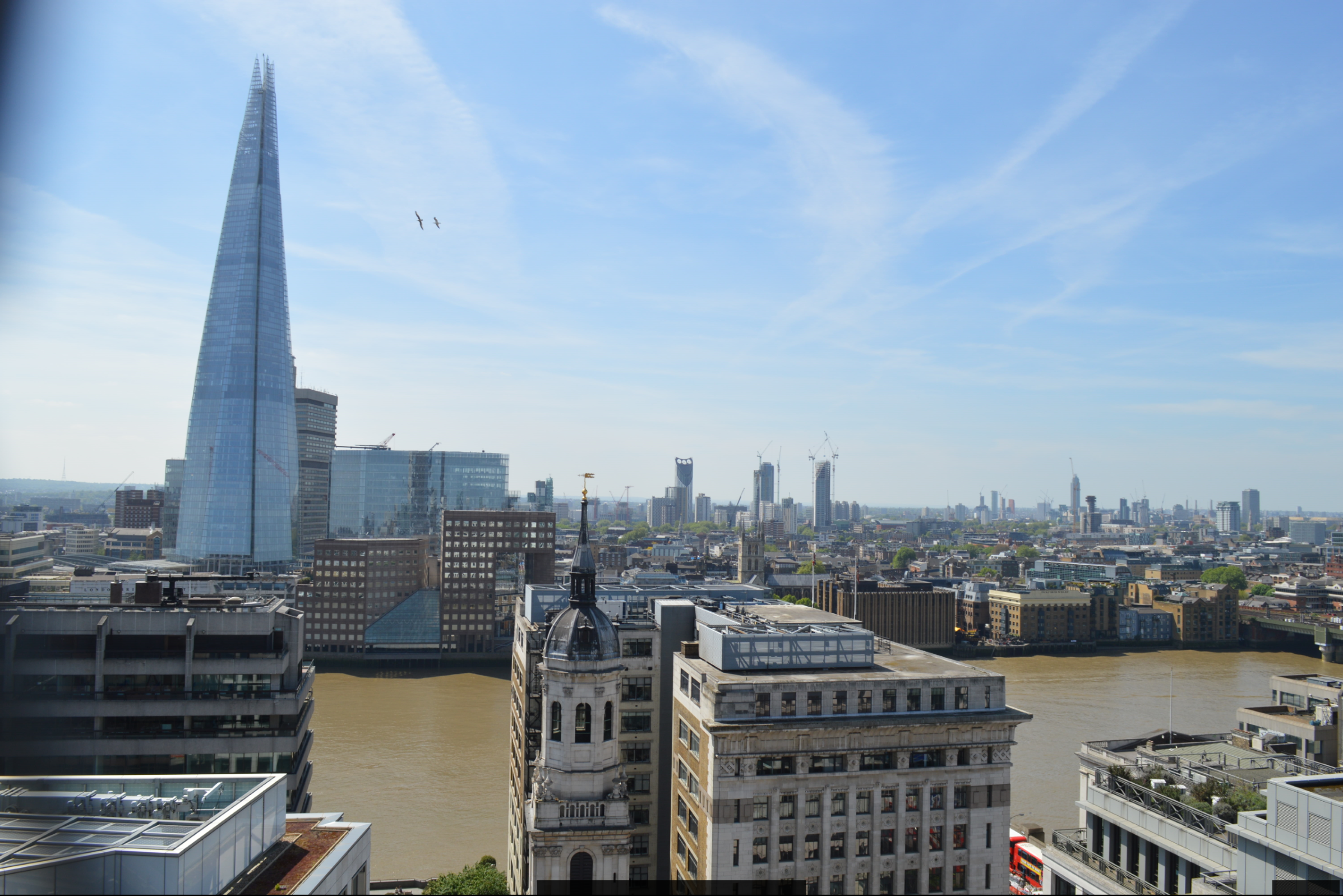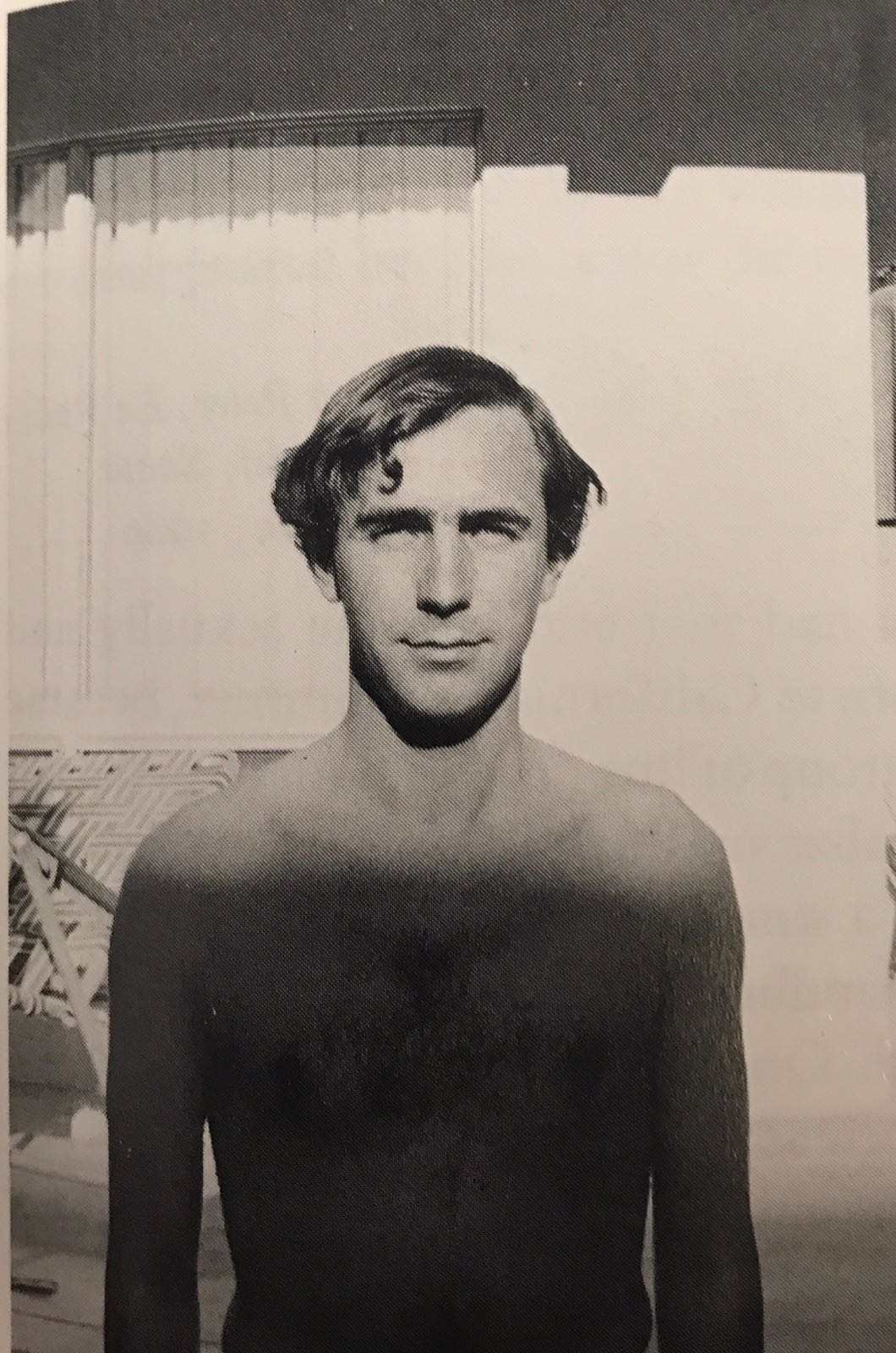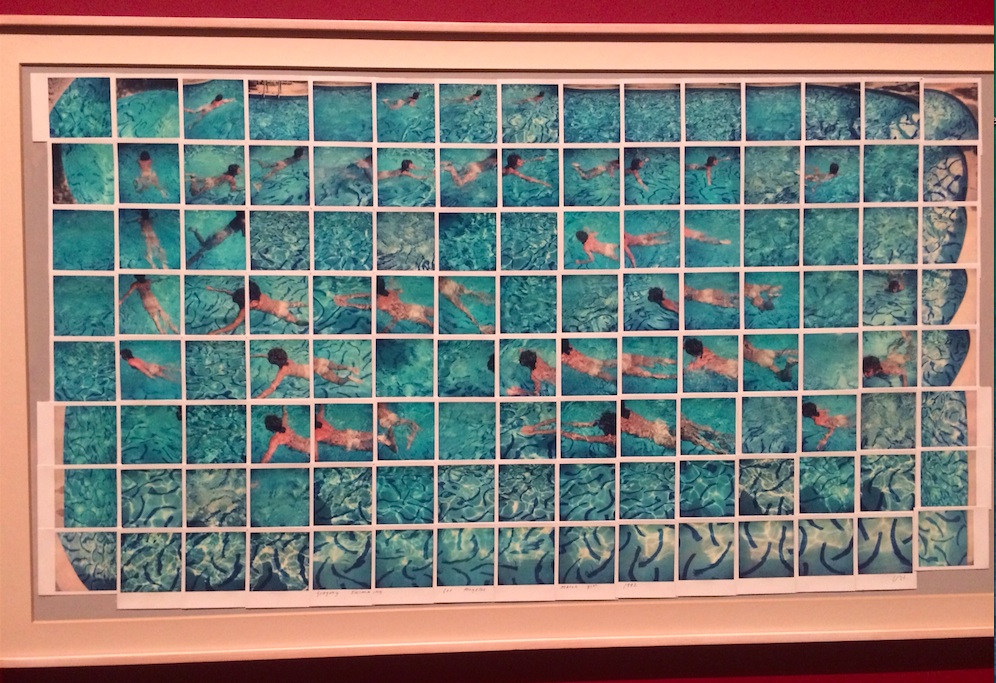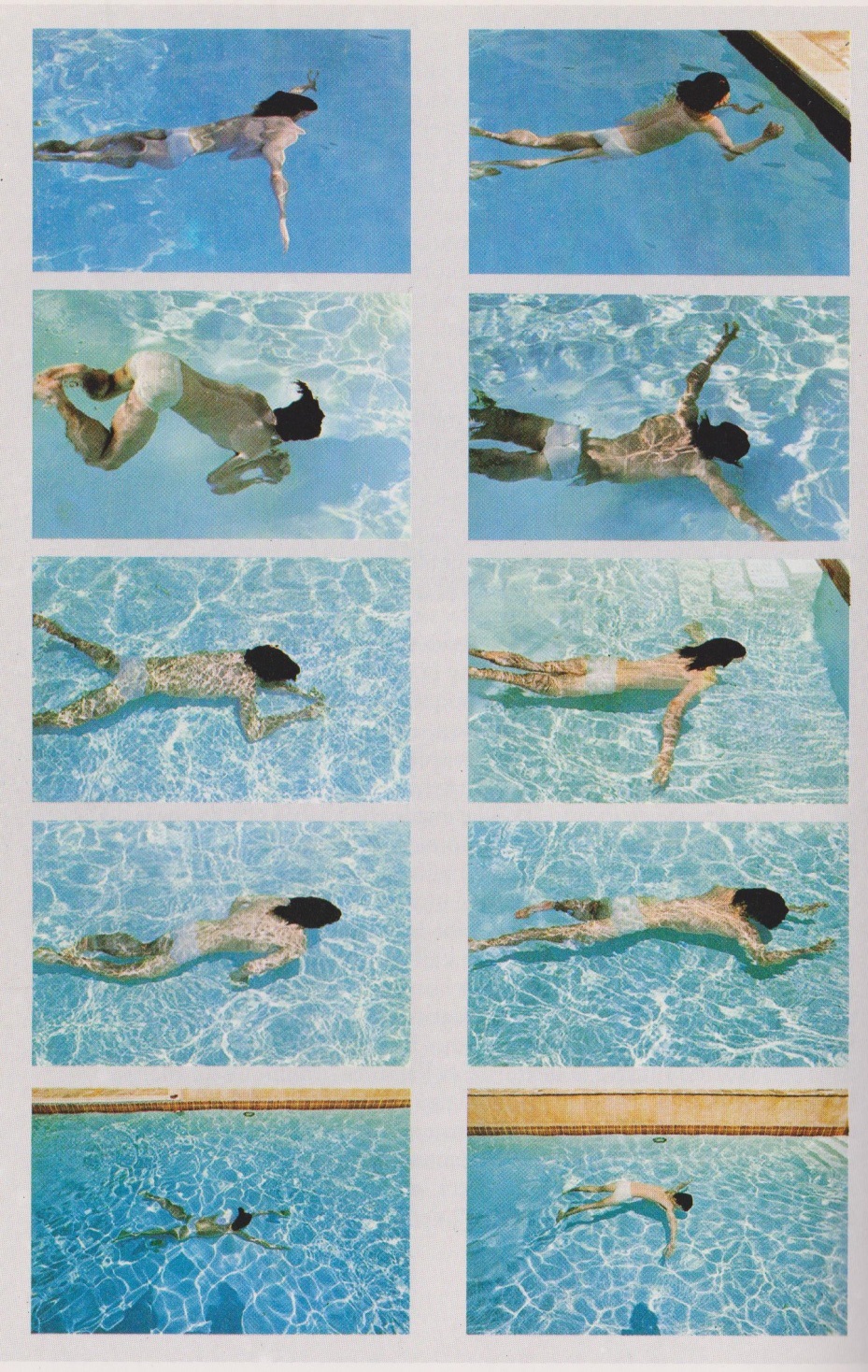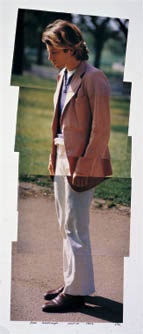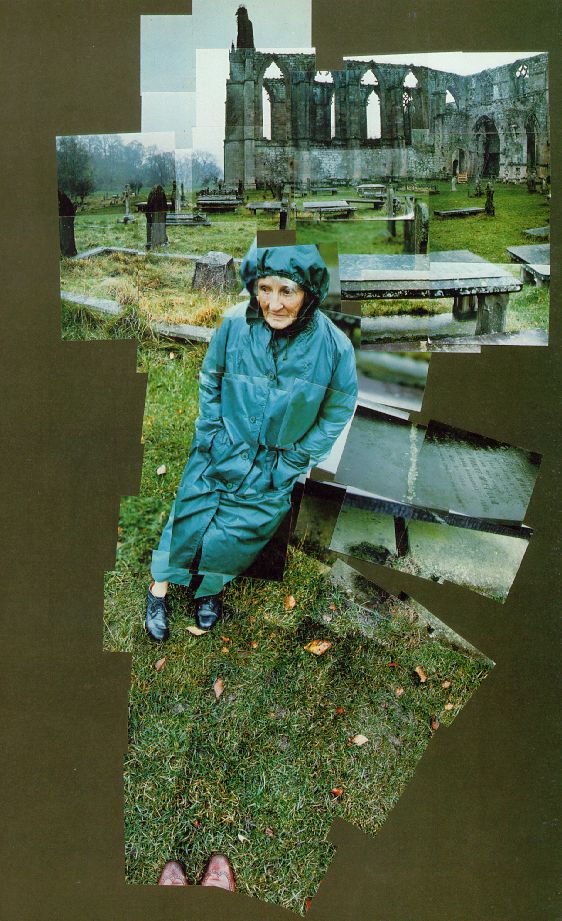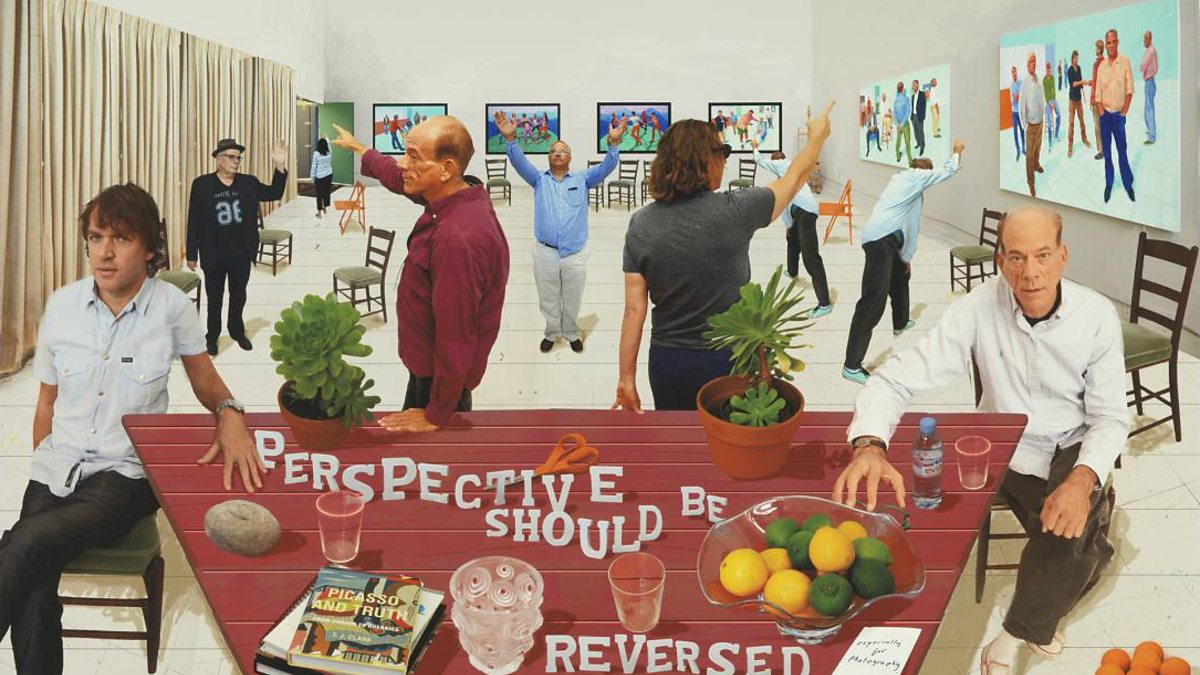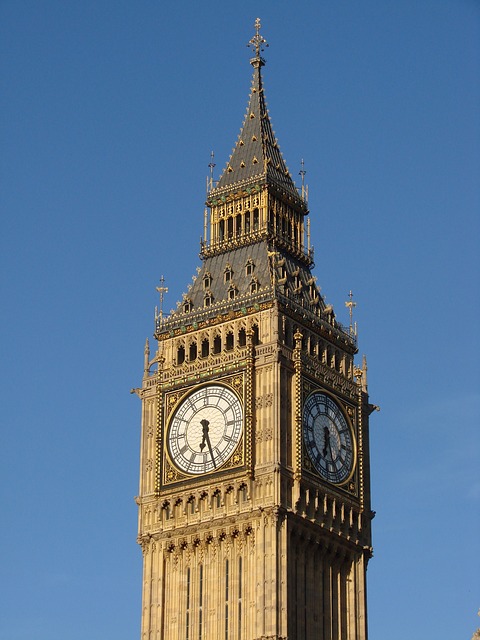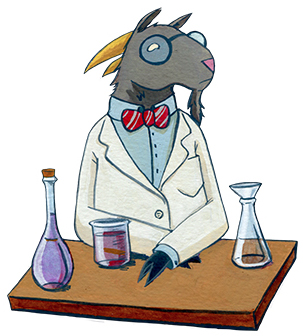Difference between revisions of "Adding Pigment"
From Londonhua WIKI
| Line 109: | Line 109: | ||
Sir Christopher Wren | Sir Christopher Wren | ||
''=Christopher Wren (1632-1723) was the greatest architect Britain has ever known='' | ''=Christopher Wren (1632-1723) was the greatest architect Britain has ever known='' | ||
| + | =Intro= | ||
| + | Wren was a versatile genius who could have pursued a number of brilliant careers with equal virtuosity. Wren was a major figure at a turning point in English history. He mapped moons and the trajectories of comets for kings; lived and worked under six monarchs; pursued astronomy and medicine during two civil wars; exercised his creativity through the English Commonwealth, the Great Fire and the Restoration. His royal employment outlasted abdication, Dutch invasion, and the eventual extinction of the Stuart dynasty.A mathematical prodigy, an accomplished astronomer, a skillful anatomist, and a founder of the Royal Society, he eventually made a career in what he described disparagingly in later life as Rubbish architecture, and the design and construction of public buildings. He remained, nonetheless, committed to the practice of science, several of his buildings reflect the diversity of his interests. The Monument to the Great Fire was built with a subterranean laboratory; the south west tower of St Paul's was used as a vertical telescope during construction both were designed to function simultaneously as public monuments and as oversized scientific instruments. <ref> Jardine, L. (2004). On a grander scale: the outstanding life and tumultuous times of Sir Christopher Wren. New York, NY: Perennial. </ref> | ||
| + | <br><br> | ||
| + | Sir Christopher wren made himself into a great architect. He had no formal training and little opportunity of knowing, at first-hand, the architecture of the Continent of his own or any other age. He built nothing before he was thirty; but by the time he was seventy and still very active, he could rival any European architect then living. He was presented with remark for was called upon to design a great number of buildings widely differing in and intention; and by a process of trial and error, and above all of retrial, he learnt from his opportunities until he became a master of his art. One of his outstanding characteristics throughout his life was indeed his willingness to produce a scheme, to abandon it if it proved impractical, and to go on working on a problem, often even during execution until something both satisfactory and possible had been achieved. His work cannot, in fact, be fully appreciated without some reference to discarded schemes, for it is here that the striking flexibility of his mind is best dis- played. It enabled him to achieve a great range of buildings ome less magnificent than he might have wished, but supremely well suited to their purpose and to the circumstances which controlled their execution. Christopher Wren was born in 1632, in the most tranquil years of the reign of Charles I. His family had close contact with the court, for though at the time of his birth his father was Rector of East Knoyle, Wiltshire, he was very soon to succeed his brother Matthew as Dean of Windsor and Registrar of the Order of the Garter. Both brothers, Royalist and High Church, were to suffer for their opinions during the Civil War. The Dean's house was twice sacked, and he had to flee, first to the West Country and then to his son-in-law, William Holder, at | ||
| + | *But he was more than that, he was a founder of the Royal Society, he mapped the moon and the stars, investigated the problem of longitude and the rigns of Saturn, and carried out groundbreaking experiments into the circulation of the blood. His observetions on coments, meteorology and muscular action made vital contributions to the developing ideas of Newton, Halley and Boyle. | ||
| + | =Education= | ||
| + | Wren's personal motivations and passions included a sincere, intensely moral man with a remarkable capacity for friendship, his career was shaped by lasting associations forged during a turbulent boyhood, and a lifelong loyalty to the memory of his father's master and benefactor, the "martyred' king, Charles I. Everything Wren undertook he envisaged on a grander scale bigger, better, more enduring than anything that had gone before. <ref> Jardine, L. (2004). On a grander scale: the outstanding life and tumultuous times of Sir Christopher Wren. New York, NY: Perennial. </ref> | ||
| + | =Churches= | ||
| + | The Great Fire of 1666 devastated the centre of London, with a loss of old St Paul's and eighty-six parish churches. Sir Christopher Wren, working with Commissioners appointed by Parliament, was responsible for rebuilding the cathedral and fifty-one of the parish churches, although the immediate need to start rebuilding made his design for an overall replanning of the City impossible. The work was funded by a tax on coals brought into the City of London. | ||
| + | |||
| + | =Conclusion= | ||
| + | * the man behind the work was as remarkable as the monuments he has left us. | ||
| + | <br> | ||
| + | |||
| + | <gallery> | ||
| + | File: SP1.PNG| | ||
| + | File: Green.PNG| | ||
| + | File:View_GFL.PNG| | ||
| + | |||
| + | <br><br> | ||
| + | <br><br> | ||
| + | <br><br> | ||
| + | <br><br> | ||
| + | <br><br> | ||
| + | |||
=Intro= | =Intro= | ||
Wren was a versatile genius who could have pursued a number of brilliant careers with equal virtuosity. Wren was a major figure at a turning point in English history. He mapped moons and the trajectories of comets for kings; lived and worked under six monarchs; pursued astronomy and medicine during two civil wars; exercised his creativity through the English Commonwealth, the Great Fire and the Restoration. His royal employment outlasted abdication, Dutch invasion, and the eventual extinction of the Stuart dynasty.A mathematical prodigy, an accomplished astronomer, a skillful anatomist, and a founder of the Royal Society, he eventually made a career in what he described disparagingly in later life as Rubbish architecture, and the design and construction of public buildings. He remained, nonetheless, committed to the practice of science, several of his buildings reflect the diversity of his interests. The Monument to the Great Fire was built with a subterranean laboratory; the south west tower of St Paul's was used as a vertical telescope during construction both were designed to function simultaneously as public monuments and as oversized scientific instruments. <ref> Jardine, L. (2004). On a grander scale: the outstanding life and tumultuous times of Sir Christopher Wren. New York, NY: Perennial. </ref> | Wren was a versatile genius who could have pursued a number of brilliant careers with equal virtuosity. Wren was a major figure at a turning point in English history. He mapped moons and the trajectories of comets for kings; lived and worked under six monarchs; pursued astronomy and medicine during two civil wars; exercised his creativity through the English Commonwealth, the Great Fire and the Restoration. His royal employment outlasted abdication, Dutch invasion, and the eventual extinction of the Stuart dynasty.A mathematical prodigy, an accomplished astronomer, a skillful anatomist, and a founder of the Royal Society, he eventually made a career in what he described disparagingly in later life as Rubbish architecture, and the design and construction of public buildings. He remained, nonetheless, committed to the practice of science, several of his buildings reflect the diversity of his interests. The Monument to the Great Fire was built with a subterranean laboratory; the south west tower of St Paul's was used as a vertical telescope during construction both were designed to function simultaneously as public monuments and as oversized scientific instruments. <ref> Jardine, L. (2004). On a grander scale: the outstanding life and tumultuous times of Sir Christopher Wren. New York, NY: Perennial. </ref> | ||
Revision as of 14:36, 6 June 2017
Contents
Adding Pigment
by akgiacoman & sreyes
|
x450px Us |
Abstract
"A London Full of Colour" is a project that aims to portray a different reality of the daily life of London citizens. By picturing different scenarios in their reality comparing them to the reality that I choose for each one of them, the audience will be able to admire the beauty and uniqueness of the city from a different perspective. I have gone to international poetry competitions and taken painting and photography courses before arriving to college. This project will combine my favorite forms of expression through art and hopefully brighten the days of the viewers. The main message I wish to convey is that every single one of us chooses the reality they want to live in, meaning that the same place could be seen as a prison for our souls or a wonderland for our imagination. The goal of this Milestone, however, is to paint five acrylic surrealistic paintings of the most emblematic sites in London exaggerating the use of bright colors instead of the usual gray palette that is seen due to the weather.
Introduction
As you continue to think about your project milestones, reread the "Goals" narrative on defining project milestones from the HU2900 syllabus. Remember: the idea is to have equip your milestone with a really solid background and then some sort of "thing that you do". You'll need to add in some narrative to describe why you did the "thing that you did", which you'd probably want to do anyway. You can make it easy for your advisors to give you a high grade by ensuring that your project milestone work reflects careful, considerate, and comprehensive thought and effort in terms of your background review, and insightful, cumulative, and methodical approaches toward the creative components of your project milestone deliverables.
Section 1: Background
Artistic Component
Despite the widespread social anxiety caused by the fog, many artists found in it a source of inspiration from a wide broad of perspectives. For some fog represented a looming presence, alive and malignant.[1] The majestic London soon became a city where "no beautiful thing, on which art and trouble has been bestowed, can long keep its beauty"[2].
Artists From the Past
Being a city immersed in its own history, London has seen a lot happening through its streets, and digging in the past, it is easy to find a more gloomy, mysterious and heavy perspective of the fog, enraptured in all kinds of art. The following representatives were chosen because of their imminent and irrefutable success in their disciplines.
Monet
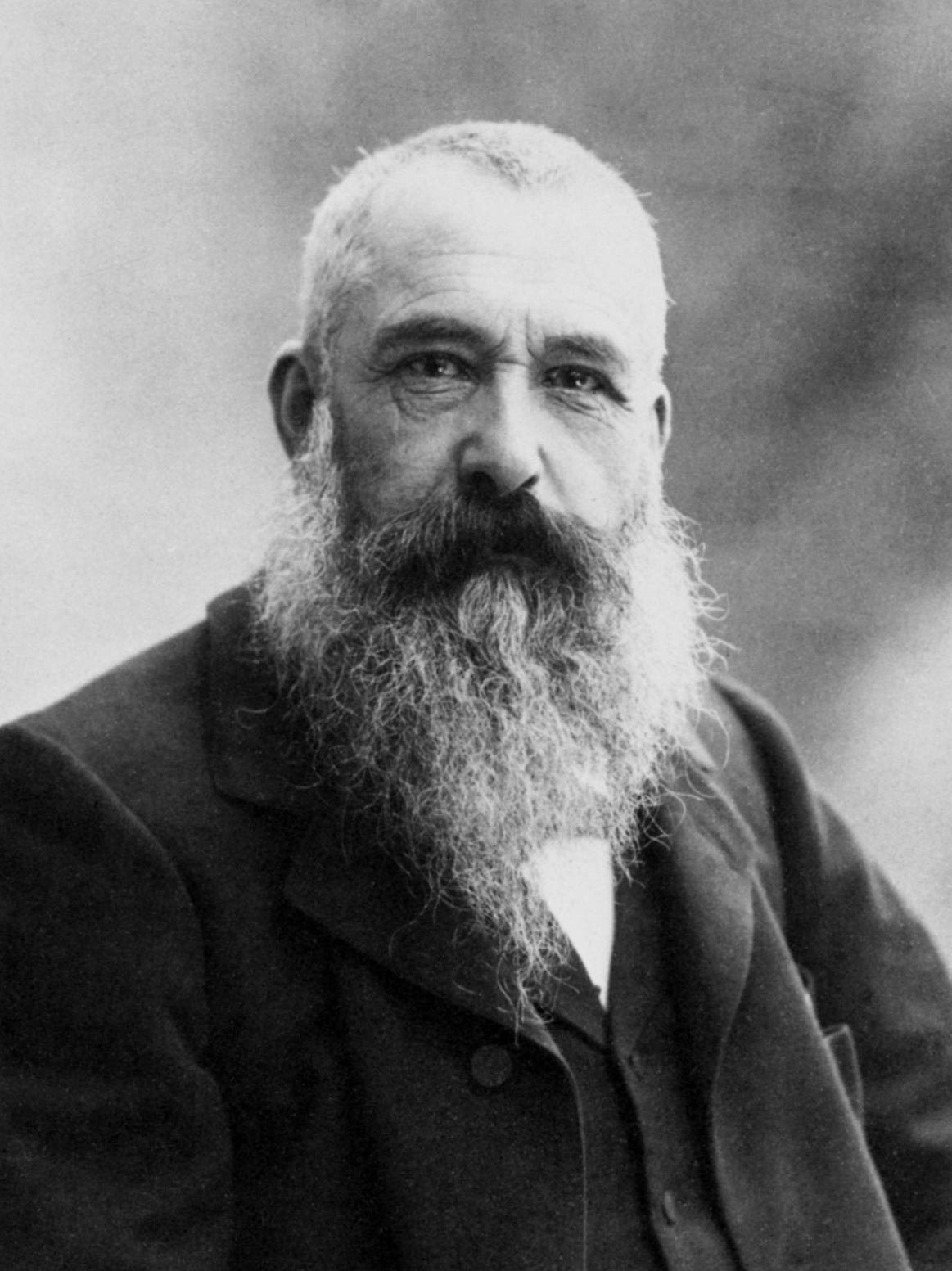 by Nadar | |
| date | 1 January 1899 |
|---|---|
Oscar-Claude Monet (14 November 1840 – 5 December 1926) was a founder of French Impressionist painting, and the most consistent and prolific practitioner of the movement's philosophy of expressing one's perceptions before nature, especially as applied to plein-air landscape painting. The term "Impressionism" is derived from the title of his painting Impression, soleil levant (Impression, Sunrise), which was exhibited in 1874 in the first of the independent exhibitions mounted by Monet and his associates as an alternative to the Salon de Paris.Claude Monet's paintings are among the most well known and the widely enjoyed works of art in the world. His pictures of the French landscape in radiant sunshine have captured the imagination of our age, and have often been taken to exemplify the twentieth century's favorite a movement, Impressionism. It has also been frequently assumed that such sun-filled canvases were produced by an equally sunny and artist, and Monet himself has not been subjected to same scrutiny as some of his more troubled contemporaries. During much of his lifetime Monet encourage this tendency, insisting on his right to privacy and refusing to indulge in theoretical speculations about his art. [3] He presented himself in many different guises through his long career and he had many changing opinions and feelings. For example, he was a really loyal friend but he could be very selfish at times and he could be a very conversationalist at times but other times he could be truculent. His art was affected by all this and his moods. Monet’s life revolved around his art.
Monet was born in Paris in 1840 in a region of 'good' Louis -Philippe, in an environment entirely dedicated to commerce. [4]. At a very young age his family moved to Le Havre. His mother died a few years after they moved. He was undisciplined and never followed the rules. He changed until he was fourteen when his art began. He drew flower in the margins of his papers and drew caricatures of his professors. He became famous all over Le Havre as a caricaturist. He was introduced to a low repute artist back then called Bouldin. He studied with him, analyzing forms and colors. He decided to become a painter. Monet wanted to go back to Paris to pursue his passion for art and his aunt Marie-Jeanne Lecadre helped him. He had an allowance with the condition to study art. He had a gregarious youth leading the Bohemian life in Paris. However, because of his behavior his family withdrew any financial aid. He went into military service to Algeria. He mentions how this changed his life. He saw the impression of light different after this service. He returned to Paris where he meet Camille Doncieux and in 1867 they had their first son together. He was penniless so went back to Le Havre with his new family. It was not easy but they found a home and got married. They had their weeding in Paris in summer of 1870, but that autumn the Franco-Prussian War and the treat of conscription persuaded them to flee to coastal resort of Trouville. later on they took refugee in London. They returned to France though Holland and moved around the county. Many of this locations where near the Seine River. Camille had a second child and shortly died. He was now in the company of Alice Hoschede. In 1883 Alice and her six children and Monet and his two children moved to Giverny, a small village overlooking water near the Seine. He purchased a house and property and began a vast landscaping project which included lily ponds that would become the subjects of his best-known works.He was a patriarch of his family. Later in his life, he preferred to have privacy in the gardens at Giverny where he found freedom. [5]
Almost all life Monet painted primarily areas where he lived. He changed a lot his subjects and how he depicted them. Earlier in his life he chose to depict contemporary landscapes. For example, during his time in London he produced some parks of central London and the River Thames. Here he shows the misty atmosphere of the capital on a spring day, with the Houses of Parliament and Westminster Bridge in the background.<rsf> They are contrasted with the jetty in the foreground casting broken shadows on the river, and the new foliage of the trees on the Embankment to the right. Around 1880 he had become preoccupied on raw nature and he also worried a lot in the effects of light. From around 1890 his prime concern became the ever-changing environment and colored air. Monet's ambition of documenting the French countryside led him to adopt a method of painting the same scene many times in order to capture the changing of light and the passing of the seasons. A clear example of this is Water Lilies.In 1899 he began painting the water lilies, first in vertical views with a Japanese bridge as a central feature, and later in the series of large-scale paintings that was to occupy him continuously for the next 20 years of his life. From 1909-1926 he produced this series of paintings that were mainly Water Lilies at different times of the day and from different perspectives. This where some of the most expansive, ambitious and luminous canvases of his long career. Monet described his 'Water-Lilies' as 'producing the effect of an endless whole, of a watery surface with no horizon and no shore'. Distance and perspective are abolished; a limitless expanse of water occupies our entire field of vision. [6] By this time he was so famous that collector from all over the world wanted his paintings. Through his life he wrote various letters when he was painting away from home. Letters that gave insights into his work.[7]
- His short stay in London resulted in the largest series of paintings that he had yet produced.
Tate Modern 1916
Charles Dickens
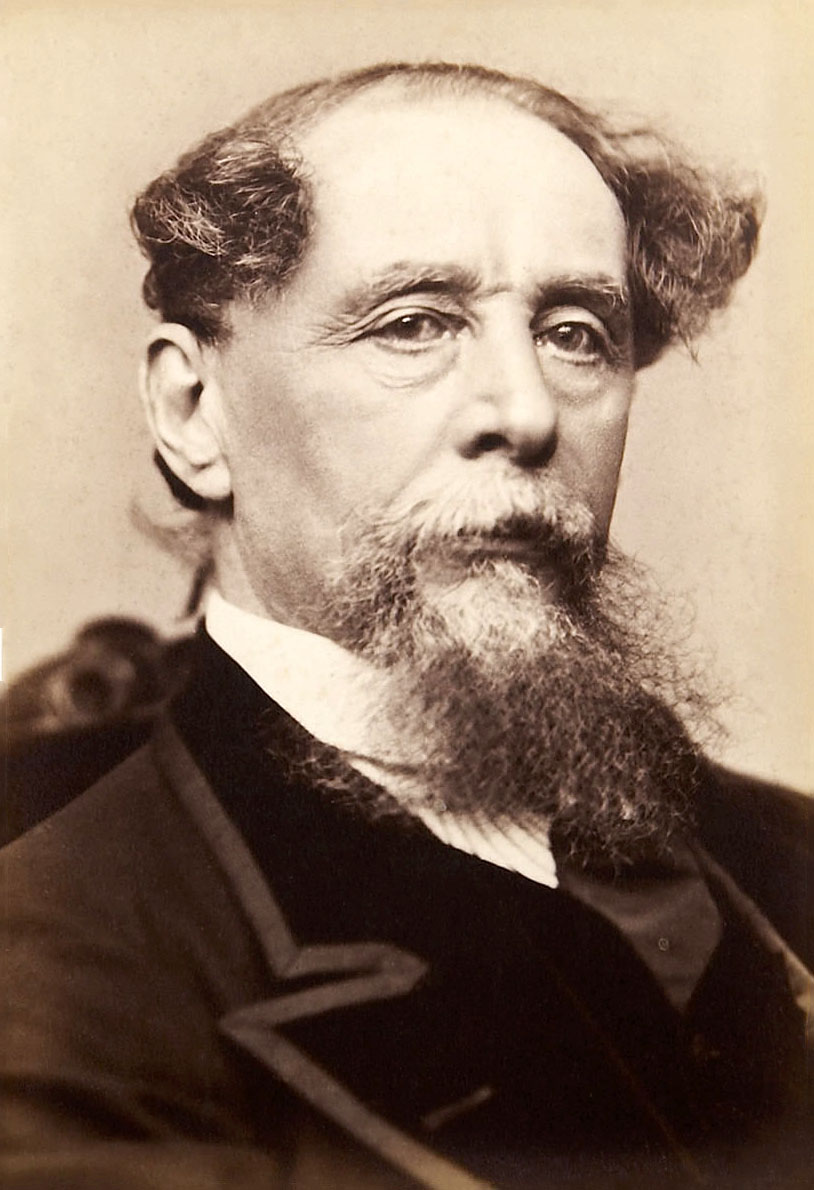 |
Charles Dickens was the second of eight children of a slim, dark-haired, pretty woman named Elizabeth Dickens, who on the night of his birth because, like her son, she loved to dance, had attended a ball. Charles's mother was a woman of energetic, aggressive self-definition and his father, who made his living as a clerk in the payroll office of the navy, performed as if he had been placed below the rewards that his talents and his love of life merited. John Dickens proudly took the unusual step of trumpeting in the local newspaper that his son had been born "on Friday, February 7th 1812, at Mile-end Terrace, in Portsmouth". In his adolescence, Dickens constructed the compensatory myth of Friday's special child, just as he would do later for David Copperfield. As an adult, he considered Friday his lucky day, needing to believe that he had been born with great expectations and the talent and will to realize them. Named Charles John Huffam Dickens, he never used the two middle names and "never" forgave his mother and father for them. [8] Despite his parents’ best efforts, the family remained poor, however, that did not stop them from being happy in the early days. In 1816, they moved to Chatham, Kent, where young Charles and his siblings were free to roam the countryside and explore the old castle at Rochester. In 1822, the Dickens family moved to Camden Town, a poor neighborhood in London. By then, the family’s financial situation was starting to become tougher, as John Dickens had a dangerous habit of living beyond the family’s means. Eventually, in 1824, when Charles was only 12 years old, his father was sent to prison for debt, for which young Charles was forced to leave school to work at a boot-blacking factory alongside the River Thames. At the rundown, rodent-ridden factory, Dickens earned six shillings a week labeling pots of “blacking,” a substance used to clean fireplaces. It was the best he could do to help support his family. Looking back on the experience, Dickens saw it as the moment he said goodbye to his youthful innocence, stating that he wondered “how [he] could be so easily cast away at such a young age.” He felt abandoned and betrayed by the adults who were supposed to take care of him.[9]
These feelings and resentments would later become a recurring theme in his writing. Shortly after that happened, his father received a family inheritance and used it to pay off his debts and Charles was allowed to go back to school. However it was not for long, as when Dickens was 15, in 1827, he was forced to work as an office boy to contribute to his family’s income. Though this was not what he would have wanted for himself, that job became an early launching point for his writing career for, as many other authors, he began his literary career as a journalist. His own father became a reporter and Charles began with the journals 'The Mirror of Parliament' and 'The True Sun'. Then in 1833 he became parliamentary journalist for The Morning Chronicle. With new contacts in the press he was able to publish a series of sketches under the pseudonym 'Boz'. In April 1836, he married Catherine Hogarth, daughter of George Hogarth who edited 'Sketches by Boz'. Within the same month came the publication of the highly successful 'Pickwick Papers', and from that point on there was no looking back for Dickens. [10]
In 1865, Dickens was in a train accident and never fully recovered. Despite his fragile condition, he continued to tour until 1870. On June 9, 1870, Dickens had a stroke and, at age 58, died at Gad’s Hill Place, his country home in Kent, England. He was buried in Poet’s Corner at Westminster Abbey, with thousands of mourners gathering at the beloved author’s gravesite. Scottish satirical writer Thomas Carlyle described Dickens’ passing as “an event worldwide, a unique of talents suddenly extinct.” At the time of Dickens’ death, his final novel, The Mystery of Edwin Drood, was left unfinished.[11]
Charles Dickens is much loved for his great contribution to classic English literature. He was the quintessential Victorian author. His epic stories, vivid characters and exhaustive depiction of contemporary life are unforgettable.
Fred Morley
Photography
Sir Christopher Wren
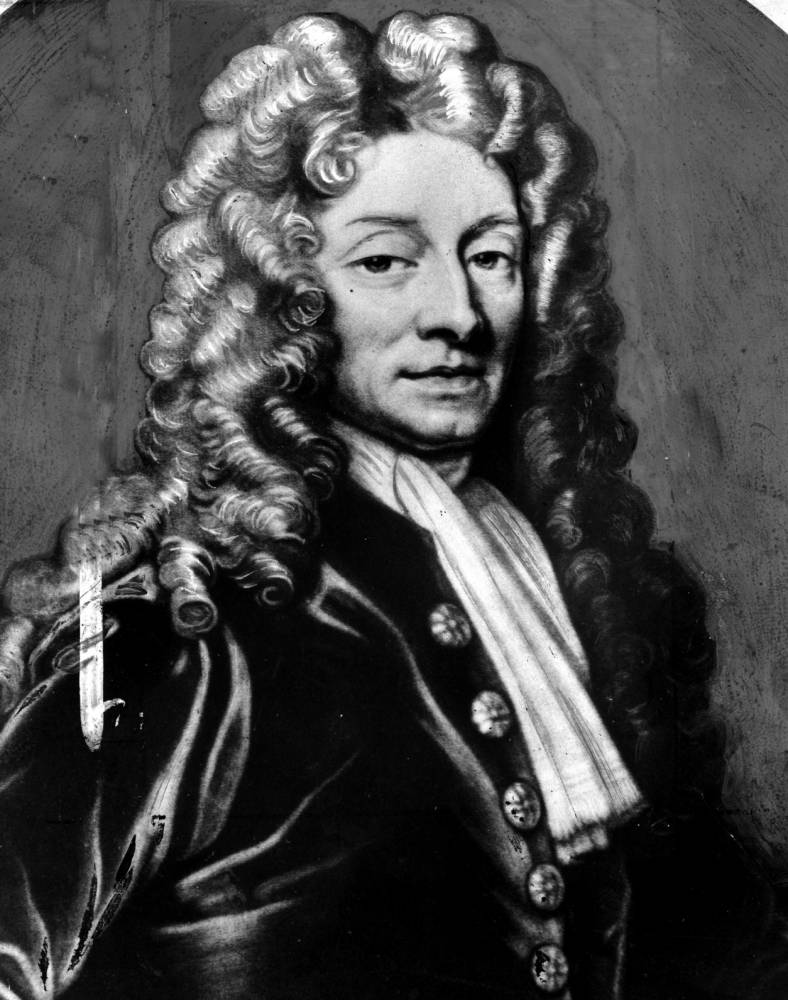 |
Sir Christopher Wren =Christopher Wren (1632-1723) was the greatest architect Britain has ever known=
Intro
Wren was a versatile genius who could have pursued a number of brilliant careers with equal virtuosity. Wren was a major figure at a turning point in English history. He mapped moons and the trajectories of comets for kings; lived and worked under six monarchs; pursued astronomy and medicine during two civil wars; exercised his creativity through the English Commonwealth, the Great Fire and the Restoration. His royal employment outlasted abdication, Dutch invasion, and the eventual extinction of the Stuart dynasty.A mathematical prodigy, an accomplished astronomer, a skillful anatomist, and a founder of the Royal Society, he eventually made a career in what he described disparagingly in later life as Rubbish architecture, and the design and construction of public buildings. He remained, nonetheless, committed to the practice of science, several of his buildings reflect the diversity of his interests. The Monument to the Great Fire was built with a subterranean laboratory; the south west tower of St Paul's was used as a vertical telescope during construction both were designed to function simultaneously as public monuments and as oversized scientific instruments. [12]
Sir Christopher wren made himself into a great architect. He had no formal training and little opportunity of knowing, at first-hand, the architecture of the Continent of his own or any other age. He built nothing before he was thirty; but by the time he was seventy and still very active, he could rival any European architect then living. He was presented with remark for was called upon to design a great number of buildings widely differing in and intention; and by a process of trial and error, and above all of retrial, he learnt from his opportunities until he became a master of his art. One of his outstanding characteristics throughout his life was indeed his willingness to produce a scheme, to abandon it if it proved impractical, and to go on working on a problem, often even during execution until something both satisfactory and possible had been achieved. His work cannot, in fact, be fully appreciated without some reference to discarded schemes, for it is here that the striking flexibility of his mind is best dis- played. It enabled him to achieve a great range of buildings ome less magnificent than he might have wished, but supremely well suited to their purpose and to the circumstances which controlled their execution. Christopher Wren was born in 1632, in the most tranquil years of the reign of Charles I. His family had close contact with the court, for though at the time of his birth his father was Rector of East Knoyle, Wiltshire, he was very soon to succeed his brother Matthew as Dean of Windsor and Registrar of the Order of the Garter. Both brothers, Royalist and High Church, were to suffer for their opinions during the Civil War. The Dean's house was twice sacked, and he had to flee, first to the West Country and then to his son-in-law, William Holder, at
- But he was more than that, he was a founder of the Royal Society, he mapped the moon and the stars, investigated the problem of longitude and the rigns of Saturn, and carried out groundbreaking experiments into the circulation of the blood. His observetions on coments, meteorology and muscular action made vital contributions to the developing ideas of Newton, Halley and Boyle.
Education
Wren's personal motivations and passions included a sincere, intensely moral man with a remarkable capacity for friendship, his career was shaped by lasting associations forged during a turbulent boyhood, and a lifelong loyalty to the memory of his father's master and benefactor, the "martyred' king, Charles I. Everything Wren undertook he envisaged on a grander scale bigger, better, more enduring than anything that had gone before. [13]
Churches
The Great Fire of 1666 devastated the centre of London, with a loss of old St Paul's and eighty-six parish churches. Sir Christopher Wren, working with Commissioners appointed by Parliament, was responsible for rebuilding the cathedral and fifty-one of the parish churches, although the immediate need to start rebuilding made his design for an overall replanning of the City impossible. The work was funded by a tax on coals brought into the City of London.
Conclusion
- the man behind the work was as remarkable as the monuments he has left us.
- Green.PNG
- =Intro=
- =Education=
- =Churches=
- =Conclusion=
- * the man behind the work was as remarkable as the monuments he has left us.
- Green.PNG
- ==Artists from the present==
- In more contemporary times, leaving behind the dense, yellow and deadly fog as an everyday scene, London is a setting that enraptures less mystery and more and more magic. More color and a wider variety of emotions are displayed in all forms of art.
- ===Pete Rumney===
- Art
- ===J.K. Rowling===
- Literature
- ===David Hockney===
Ken Shuttleworth
Architecture
Section 2: Deliverable
Using David Hockney's technique of "Painting with Pictures", we chose one picture of each site described in the Milestone Colourless London and we made them into paintings, emphasizing the use of bright colors and making an imminent contrast with the pictures' monochromatic feel.
Gallery
Conclusion
In this Milestone, artists from the past and from the present are compared and contrasted. There is one artist chosen for each of the fields involved in the project "A London Full of Colour"; Painting, Literature, Photography and Architecture. The intention was to outline the main differences in their styles and how they each one of them portrayed London from their very own perspectives and translated it into their works of art. In the same way, biographical facts are provided to give the reader a reference of how life circumstances and setting might have also been influential in the artists' work. This Milestone is the linking point between Courless London and Colourful Reality, giving meaning to the rest of the project "A London Full of Colour".
Finally, for the deliverable, our own work is presented and with is we intend to show our own perspective of London, which, though it contrasts with the pictures taken in Colourless London in an extreme way. We tried to add some pigment of our own to create a much more Colourful Reality for ourselves. The paintings emphasize the use of colors in a symbolic way, what they represent are our different emotions and life experiences that stoke our lives, sometimes in unexpected ways, but always resulting in a breath taking outcome. Life is our very own masterpiece, it is what we make it and it is not in the very least monochromatic. In the contrary, all the aspects of our lives merge to create a unique work of art, that certainly might not be of everyone's liking, but then again, the only opinion that truly matters is that of the artist that made the masterpiece. In some occasions, such as with Mr. Shuttleworth, the artist regrets the path he or she took and if given a second chance, would have done things differently. However, the work is done, the masterpiece is complete, and we can either live in regret or move forward in such ways where each stoke is more precise and better thought than the previous one. Mr. Shuttleworth continues to be an excellent architect and though many people disagree with the way he feels about St. Mary Axe, he learned from that experience and moved forward to his next masterpiece. Some other artists die without the proper acknowledgment that their work deserves, however, what people think of their work can never influence the magnitude of its quality. A masterpiece, is a masterpiece even when there is no one to admire it and most things done with effort and passion are worth a standing ovation.
References
- ↑ CORTON, C. L. (2015). LONDON FOG: the biography. S.l.: BELKNAP HARVARD. pp 1.
- ↑ Anon., "The Empire's Capital", Review if Reviews, June 1900, p. 594.
- ↑ Monet, C., & Kendall, R. (2003). Monet by himself: paintings, drawings, pastels, letters. Boston: Little, Brown..
- ↑ Denvir, B.(1987). The Impressionists at First Hand: Thames and Hudson.
- ↑ http://www.tate.org.uk/art/artists/claude-monet-1652
- ↑ https://www.nationalgallery.org.uk/paintings/claude-monet-water-lilies
- ↑ House, J. (1988). Nature into art. New Haven: Yale University Press.
- ↑ Kaplan, F. (1999). Dickens: a biography. Baltimore: Johns Hopkins University Press.
- ↑ Charles Dickens. (2017, April 28). Retrieved June 06, 2017, from https://www.biography.com/people/charles-dickens-9274087
- ↑ BBC . (n.d.). History - Charles Dickens. Retrieved June 06, 2017, from http://www.bbc.co.uk/history/historic_figures/dickens_charles.shtml
- ↑ Charles Dickens. (2017, April 28). Retrieved June 06, 2017, from https://www.biography.com/people/charles-dickens-9274087
- ↑ Jardine, L. (2004). On a grander scale: the outstanding life and tumultuous times of Sir Christopher Wren. New York, NY: Perennial.
- ↑ Jardine, L. (2004). On a grander scale: the outstanding life and tumultuous times of Sir Christopher Wren. New York, NY: Perennial.
Attribution of Work
akgiacoman: Artistic Component, Charles Dickens, J.K. Rowling, Fred Morley, David Hockney & Conclusion
sreyes: Introduction, Monet, Sir Christopher Wren, Pete Rumney, Ken Shuttleworth
External Links
If appropriate, add an external links section
Image Gallery
If appropriate, add an image gallery
